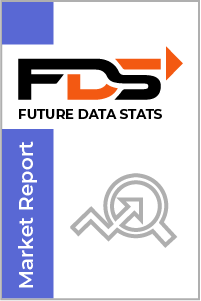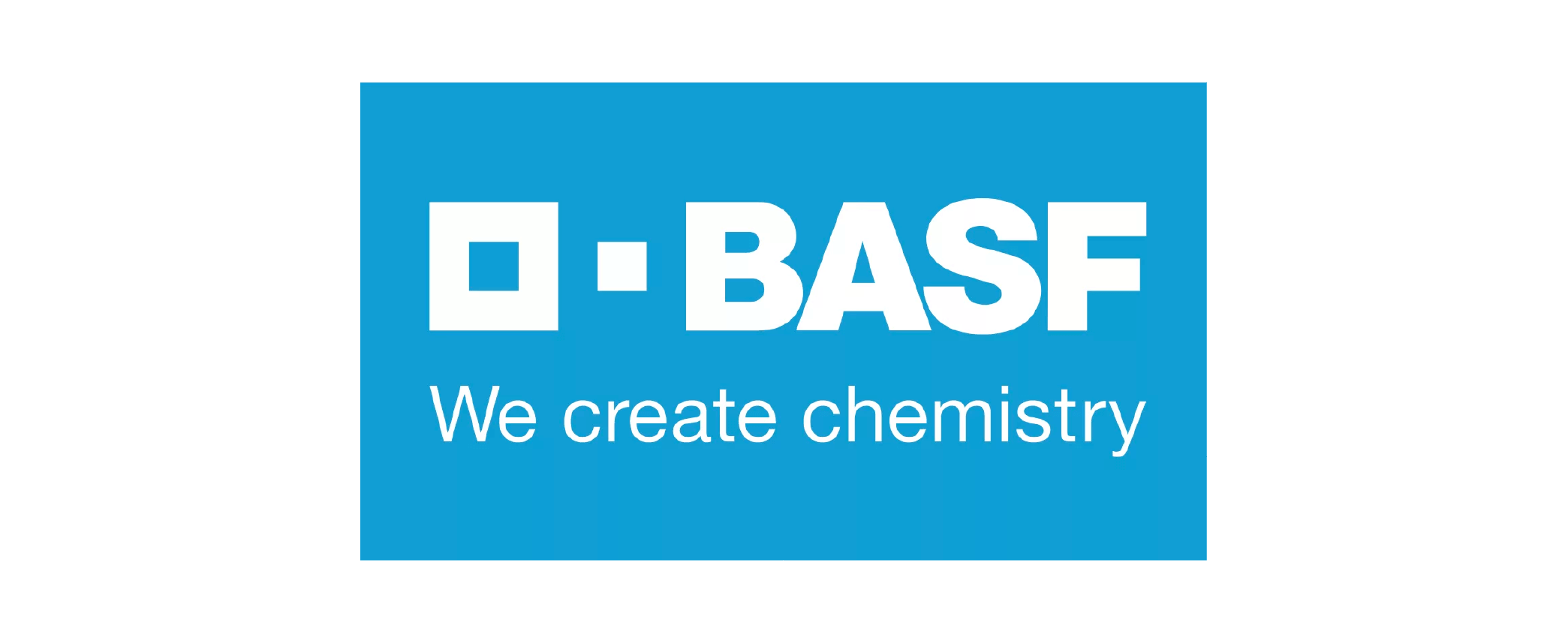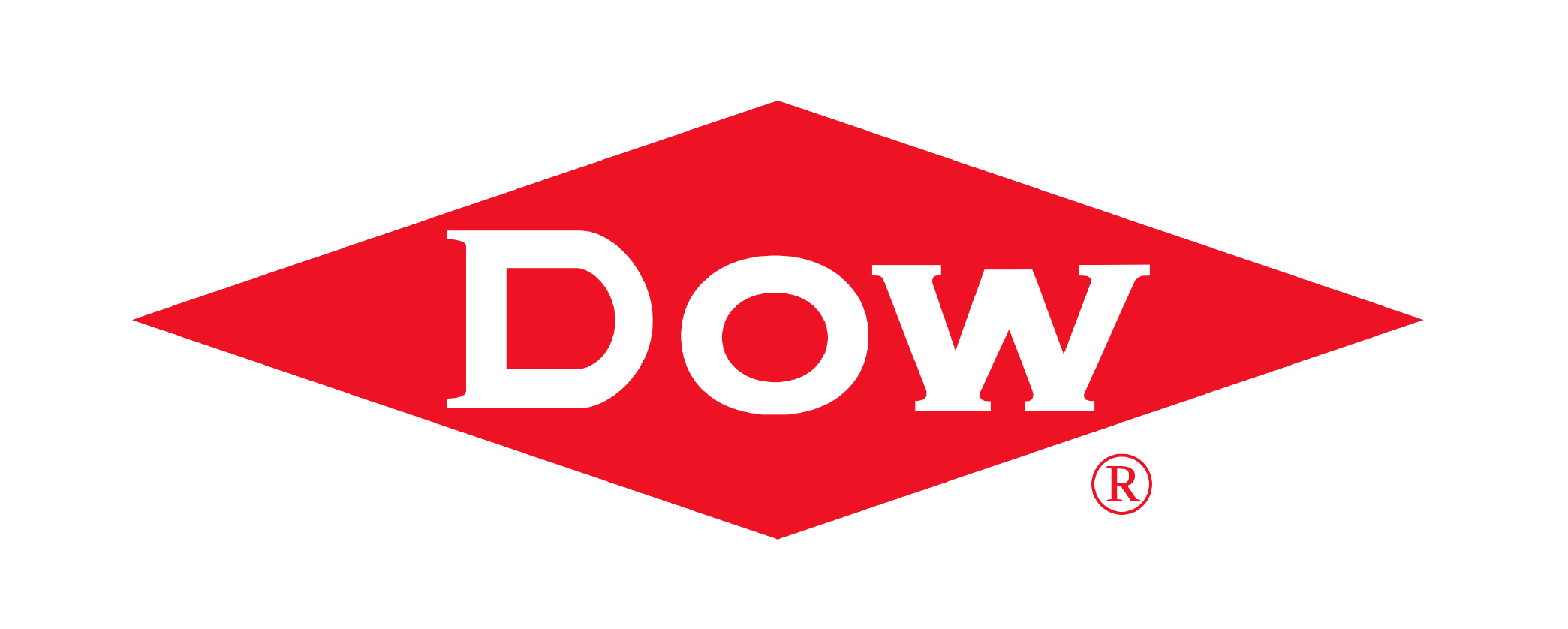The global Lab-Grown Diamond Jewelry Market size was valued at USD 24 Billion in 2024 and is projected to expand at a compound annual growth rate (CAGR) of 12% during the forecast period, reaching a value of USD 60 Billion by 2032.
The "Lab-Grown Diamond Jewelry Market Research Report" by Future Data Stats provides an in-depth examination of the market landscape, utilizing historical data from 2021 to 2023 to identify key trends and growth patterns. Setting 2024 as the foundational year, the report explores consumer behavior, competitive forces, and regulatory frameworks that influence the industry. It transcends basic analysis, delivering a thoroughly researched forecast extending from 2025 to 2033. By employing sophisticated data analysis methodologies, the report not only outlines the market's growth trajectory but also uncovers emerging opportunities and foresees potential obstacles, empowering stakeholders with vital insights to adeptly navigate the changing market landscape.
MARKET OVERVIEW:
Lab-grown diamond jewelry refers to ornaments made with diamonds that are created in controlled laboratory settings rather than mined from the earth. These diamonds share the same physical, chemical, and optical properties as natural ones, making them virtually indistinguishable to the naked eye. The market for lab-grown diamond jewelry has grown rapidly as consumers prioritize ethical sourcing, environmental responsibility, and affordability without compromising quality or appearance. This market serves brands, retailers, and designers aiming to meet the rising demand for sustainable luxury. It offers opportunities to deliver innovative designs at competitive prices while addressing concerns related to traditional diamond mining. As awareness grows, lab-grown diamond jewelry continues to reshape consumer preferences and redefine modern jewelry trends.
MARKET DYNAMICS:
The lab-grown diamond jewelry market is currently witnessing strong trends centered on sustainability, tech-driven customization, and rising consumer trust. Brands now highlight traceable sourcing and low environmental impact as key selling points. Digital platforms have also enabled virtual try-ons and personalized designs, attracting younger buyers who value individuality and convenience. Retailers actively expand their lab-grown collections, especially for bridal and fashion jewelry, reflecting a clear shift in mainstream acceptance. Looking ahead, the market is expected to see deeper integration of AI in design processes, stronger branding around ethical luxury, and expansion into emerging markets. As production technologies become more cost-efficient, businesses will scale up offerings without compromising quality. The growing demand from men’s and unisex jewelry segments also signals broader style acceptance. These trends open up significant business scope for retailers, manufacturers, and tech firms aiming to reshape the future of modern jewelry.
More individuals are choosing lab-grown diamonds because they offer an ethical alternative to mined diamonds, appealing to environmentally conscious shoppers. As technology advances, the quality and variety of lab-grown diamonds continue to improve, making them an attractive option for consumers seeking luxury without compromising their values. Despite its growth, the lab-grown diamond market faces challenges, including misconceptions about the value and durability of lab-grown stones compared to natural diamonds. However, this presents an opportunity for education and marketing strategies to inform consumers about the benefits of lab-grown options. Additionally, as more retailers embrace lab-grown diamonds, the market can expand further, creating a wider range of styles and price points that cater to diverse customer preferences.
LAB-GROWN DIAMOND JEWELRY MARKET SEGMENTATION ANALYSIS
BY TYPE:
Synthetic diamonds dominate the lab-grown diamond jewelry market, driven by their physical and chemical similarities to mined diamonds. Consumers value these stones for their brilliance, durability, and ethical sourcing, making them highly desirable in fine jewelry segments. Jewelers increasingly highlight these features in marketing to appeal to conscientious buyers. Simulants, while less expensive, remain a niche choice mainly for fashion or occasional wear. Materials like cubic zirconia and moissanite offer a diamond-like look but lack the same hardness and authenticity, limiting their use in premium segments. Their popularity often peaks during promotional or seasonal sales events.
The synthetic category gains momentum as technology refines quality and lowers production costs. Continuous improvements in clarity and cut have helped synthetic diamonds become mainstream, especially in engagement rings and high-value items where authenticity matters most to buyers.
BY MANUFACTURING PROCESS:
Chemical Vapor Deposition (CVD) has become the leading method due to its ability to produce high-quality diamonds at scale. This process offers better control over clarity and color, giving manufacturers a competitive edge. As a result, CVD diamonds dominate retail shelves in major global markets. High Pressure High Temperature (HPHT) remains relevant, especially for creating color-enhanced diamonds. Its long-standing use in the industry makes it ideal for certain gem types, particularly yellow or blue diamonds. However, it generally incurs higher production costs compared to CVD.
Brands increasingly favor CVD for its consistency and efficiency, especially in large production runs. The process allows more customization and uniformity, appealing to brands that prioritize scalability and quality control in their jewelry lines.
BY PRODUCT:
Rings lead the market, especially in bridal and engagement categories, where lab-grown stones have gained strong acceptance. Consumers appreciate the combination of ethical sourcing and visual appeal, making rings the top revenue-generating segment across both online and offline channels. Earrings and necklaces also see rising demand as fashion-forward buyers seek affordable luxury. These items often feature smaller stones, allowing for elegant designs without compromising on ethical considerations. Retailers promote these categories with seasonal campaigns and gifting trends.
Bracelets and other jewelry types play a supportive but growing role in the market. As consumers become more familiar with lab-grown options, they extend purchases beyond traditional pieces. Jewelry sets and mix-and-match offerings further boost interest in these secondary product categories.
BY DISTRIBUTION CHANNEL:
Online sales dominate due to convenience, transparency, and customization options. Buyers enjoy comparing prices, reading reviews, and exploring designs from global brands without visiting stores. Virtual try-on features and direct-to-consumer models drive strong engagement. Offline channels still hold value, especially for high-ticket items where buyers prefer in-person evaluation. Brick-and-mortar stores offer tactile experience and trust, particularly important for engagement rings and personalized purchases. Luxury retailers often blend showroom experiences with digital platforms.
Digital-first strategies continue to shape consumer behavior, especially among millennials and Gen Z. These buyers expect seamless experiences and ethical assurances, which online platforms deliver efficiently. Offline channels, meanwhile, evolve into experience hubs rather than pure sales outlets.
BY END USER:
Women remain the primary buyers and recipients of lab-grown diamond jewelry, especially in rings and necklaces. The appeal of sustainable fashion and affordable luxury resonates strongly with female shoppers, particularly in urban markets where conscious consumerism trends are high. Men increasingly invest in lab-grown diamond jewelry, both for personal use and gifting. Men’s jewelry styles like bracelets and rings now feature lab-grown stones, and the ethical narrative appeals to those seeking value with purpose. Gifting in anniversaries and engagements also boosts male purchasing.
Unisex styles are gaining ground as brands cater to evolving fashion norms and inclusive preferences. Simple, minimalist designs that suit all genders find traction, especially among younger consumers. This shift encourages product innovation and diversity in marketing approaches.
REGIONAL ANALYSIS:
In North America, the lab-grown diamond jewelry market has gained strong momentum, driven by shifting consumer values toward ethical sourcing and sustainability. U.S. and Canadian buyers increasingly prefer lab-grown stones for engagement and fashion jewelry, while retailers respond with broader collections and transparent marketing. High digital adoption and direct-to-consumer brands have also fueled growth, especially among younger, socially conscious shoppers.
In Europe, the market sees steady growth as eco-friendly luxury gains appeal in countries like the UK, Germany, and France. Strict environmental regulations and consumer awareness support the shift toward lab-grown options. Meanwhile, Asia Pacific emerges as a fast-growing region, with demand rising in India, China, and Japan due to affordability, evolving fashion trends, and digital retail expansion. Latin America and the Middle East & Africa show early-stage but promising potential, with urban centers gradually embracing lab-grown jewelry as an accessible and modern alternative to mined diamonds.
MERGERS & ACQUISITIONS:
- In Jan 2024: WD Lab Grown Diamonds secured $23M in funding to expand production.
- In Feb 2024: Pandora acquired a minority stake in lab-grown diamond producer, Aether Diamonds.
- In Mar 2024: Brilliant Earth partnered with a new lab-grown diamond supplier to enhance inventory.
- In Apr 2024: De Beers’ Lightbox Jewelry expanded its lab-grown diamond collection with new designs.
- In May 2024: ALTR Created Diamonds merged with a European lab-grown diamond distributor.
- In Jun 2024: Clean Origin raised $15M in Series B funding for retail expansion.
- In Jul 2024: Signet Jewelers (owner of Kay & Zales) increased lab-grown diamond offerings in stores.
- In Aug 2024: Diamond Foundry acquired a competing lab-grown diamond startup, Green Diamond.
- In Sep 2024: MiaDonna & Co. launched a new eco-friendly lab-grown diamond line.
- In Oct 2024: LVMH invested in a lab-grown diamond tech firm for sustainable jewelry.
- In Nov 2024: Rival companies Pure Grown Diamonds and IIa Technologies explored a merger.
- In Dec 2024: New lab-grown diamond brand, EcoShine, entered the market with celebrity backing.
KEY MARKET PLAYERS:
- Signet Jewelers
- Brilliant Earth
- Lightbox Jewelry (De Beers)
- Clean Origin
- Diamond Foundry
- Lusant (Fenix Diamonds)
- Pandora
- VRAI
- SwissRay
- Miadonna
- Lark & Berry
- Limelight Diamonds
- WD Lab Grown Diamonds
- Kimaï
- Grown Brilliance
- Lumex Diamonds
- Ethica Diamonds
- Aether Diamonds
- Meylor Global
- Courbet
Lab-Grown Diamond Jewelry Market: Table of Contents
Executive Summary
Market Overview
- Market Definition
- Market Dynamics
- Value Chain Analysis
- Porter’s Five Forces Analysis
Market Segmentation
- By Type
- By Manufacturing Process
- By Product
- By Distribution Channel
- By End User
Regional Analysis
- North America
- Europe
- Asia Pacific
- Latin America
- Middle East & Africa
Competitive Landscape
- Market Share Analysis
- Key Players and Strategies
- Recent Developments
Future Outlook
Conclusion
Appendix
- Research Methodology
- Data Sources
- Glossary
Lab-Grown Diamond Jewelry Market Segmentation
By Type:
- Synthetic
- Simulant
By Manufacturing Process:
- High Pressure High Temperature (HPHT)
- Chemical Vapor Deposition (CVD)
By Product:
- Rings
- Necklaces
- Earrings
- Bracelets
- Others
By Distribution Channel:
- Online
- Offline
By End User:
- Women
- Men
- Unisex
By Geography:
- North America (USA, Canada, Mexico)
- Europe (UK, Germany, France, Italy, Spain, Rest of Europe)
- Asia-Pacific (China, Japan, Australia, South Korea, India, Rest of Asia-Pacific)
- South America (Brazil, Argentina, Rest of South America)
- Middle East and Africa (GCC Countries, South Africa, Rest of MEA)
WHY SHOULD YOU INVEST IN A MARKET RESEARCH REPORT?
Smarter Business Decisions:
A high-quality market research report delivers valuable insights into industry trends, customer preferences, and competitor strategies. With solid data guiding your choices, you can minimize risks and confidently pursue new opportunities—whether launching a product or expanding into new markets.
Spot Hidden Opportunities:
Market research uncovers unmet customer needs and emerging trends before they become mainstream. By aligning your products or services with these opportunities, you can stay ahead of the competition and capture untapped demand.
Know Your Competition Inside Out:
Gain a clear picture of your competitors' strengths, weaknesses, and strategies. This knowledge helps you refine your unique selling points, craft stronger positioning, and outmaneuver rivals effectively.
Sharper, More Effective Marketing:
Understanding your audience is key to successful marketing. Market research reveals who your customers are, what drives their decisions, and how they engage with brands. With these insights, you can create tailored campaigns that deliver better results and higher ROI.
Reduce Risks Before They Arise:
Every business move carries some risk—but research helps you anticipate challenges before they become costly. By analyzing market conditions and potential obstacles, you can make proactive adjustments to protect your bottom line and reputation.
Strengthen Your Case for Funding:
Investors and lenders want proof of market potential before backing a business. A well-researched report provides the data-driven evidence they need, boosting your credibility and increasing your chances of securing capital.
Stay Ahead of Industry Shifts:
Markets evolve fast, with new technologies, regulations, and consumer behaviors constantly reshaping the landscape. Regular market research ensures you stay informed, adapt quickly, and maintain a competitive edge in your industry.
RESEARCH METHODOLOGY AT FUTURE DATA STATS
At Future Data Stats, we combine decades of industry expertise with cutting-edge research techniques to deliver unparalleled market intelligence. Our team of seasoned analysts employs a dynamic, data-driven approach to uncover actionable insights, helping businesses navigate complex market landscapes with confidence.
Comprehensive & Cutting-Edge Market Analysis
We go beyond surface-level trends to provide a 360-degree view of market dynamics. Our research methodology is designed to:
✔ Accurately assess market size, growth patterns, and competitive landscapes.
✔ Identify emerging opportunities through real-time trend analysis and predictive modeling.
✔ Validate findings with high-quality data, expert consultations, and independent verification.
Our insights empower decision-makers with strategic clarity, ensuring they stay ahead in rapidly evolving industries.
Multi-Source Data Collection & Validation
We leverage a diverse mix of primary and secondary research sources, including:
- In-depth stakeholder interviews (industry leaders, suppliers, distributors, and end-users)
- Statistical databases & market reports from authoritative global sources
- Regional market intelligence to capture localized trends and demand shifts
- Proprietary analytical models tailored to specific industry needs
- By cross-verifying data from multiple streams, we ensure maximum accuracy and reliability.
Key Advantages of Our Research Approach
- Actionable Intelligence – Clear, data-backed recommendations for strategic planning.
- Technology-Enhanced Accuracy – Advanced tools for data validation and trend forecasting.
- Unbiased Insights – Independent analysis free from external influence.
Our Two-Tier Research Framework
- Primary Research – Direct Industry Engagement
- Expert Interviews: Over 25+ hours of discussions with key stakeholders across the value chain.
- Targeted Surveys: Structured questionnaires for KOLs (Key Opinion Leaders) to gauge market sentiment.
- Competitive Benchmarking: Assessing leading players to determine market positioning.
- Secondary Research – Extensive Data Synthesis
- Analysis of 3,000+ documents, including industry reports, whitepapers, and regulatory publications.
- Global & regional data mining from government databases, trade journals, and financial reports.
- Macroeconomic & sector-specific trend mapping for long-term forecasting.
Dual Analytical Approach
We employ both top-down and bottom-up methodologies to ensure precision:
- Bottom-Up Analysis: Calculating market size from granular data, ensuring detailed accuracy.
- Top-Down Assessment: Validating findings through macroeconomic indicators and industry benchmarks.
Why Choose Future Data Stats?
✔ 70+ years of collective expertise in market intelligence.
✔ Customized research models for sector-specific accuracy.
✔ Transparent, reliable, and forward-thinking insights.
With Future Data Stats, you don’t just get data—you get a strategic advantage. Partner with us to unlock the full potential of your market decisions.
Lab-Grown Diamond Jewelry Market Dynamic Factors
Drivers:
- Consumers choose ethical and conflict-free alternatives.
- Brands promote sustainability and innovation in designs.
- Retailers expand product access through online platforms.
Restraints:
- Traditional perceptions limit wider acceptance.
- Luxury buyers often prefer natural stones.
- Pricing gaps cause market confusion.
Opportunities:
- Emerging markets open new customer bases.
- Tech advances lower production costs.
- Personalization attracts younger buyers.
Challenges:
- Regulatory clarity remains inconsistent globally.
- Counterfeits impact brand trust.
- Educating buyers requires continuous effort.
Lab-Grown Diamond Jewelry Market Regional Key Trends Analysis
North America:
- Consumers prioritize eco-conscious jewelry.
- Retailers promote lab diamonds in bridal collections.
- Brands highlight traceability and transparency.
Europe:
- Demand rises in urban lifestyle segments.
- Luxury brands introduce lab-grown collections.
- Regional policies support sustainable products.
Asia Pacific:
- Young consumers favor affordable luxury.
- E-commerce growth boosts direct sales.
- Designers blend lab diamonds with local styles.
Latin America:
- Urban centers adopt ethical fashion trends.
- Awareness campaigns drive interest in lab gems.
- Local jewelers expand modern product lines.
Middle East & Africa:
- High-end buyers explore sustainable choices.
- Retail chains test hybrid product offerings.
- Digital platforms showcase lab diamond education.
Frequently Asked Questions

















